
Architecture that points the way forward
The dream of constant surplus: a positive ecological balance; a self-sufficient house; living spaces with energy to spare. What appeared unimaginable just a few years ago has now become reality.
Jan van Rossem (copy) & Raymond Biesinger (illustration)

Free spirits who think outside the box have always dreamed of outwitting reality. One of the most far-reaching manifestations of this visionary desire is the notion of a very special technical marvel: a mechanism that generates its own power and keeps itself running. Since the early Middle Ages, people have known about the efforts of Indian mathematicians who, inspired by the eternal movements of the celestial bodies, experimented with the theoretical feasibility of this type of perpetuum mobile. Efforts to invent these kinds of machines enjoyed a heyday during the Renaissance in Europe—with even a certain Mr. Leonardo from Vinci getting in on the act. However, the all-around artistic genius soon realized the futility of such endeavors, turning his attention instead to painting portraits of ladies with enigmatic smiles. Architects who had an eye for the future were also open to these ideas. Near the northern Italian city of Verona, there stands to this day the abandoned Villa Girasole, which was built by Italian architect Angelo Invernizzi in the 1930s. The structure employs complex mechanisms to turn with the sun like a sunflower—as its translated name implies—allowing it to make maximum use of the sun’s power and heat or to protect itself from them. However, this unique construction was extremely inefficient from an energy perspective. Nor do these types of kinetic architectural treasures offer a suitable solution to meeting today’s energy standards. Indeed, it would be several more decades before hopes of fulfilling mankind’s ancient dream of a self-perpetuating power source could be entertained. For the last few years, at least, certain catchphrases indicate we have come a step closer to it: Some talk of an energy-plus building; others refer to an active-plus house. At any rate, both terms clearly allude to the concept involved: getting more out than is put in.
The principle of an energy-plus building is based on three key requirements that will apply to the buildings of the future. This is because global climate change and resource scarcity are driving a reorientation of energy policy particularly with regard to housing construction. Houses must consume as little energy as possible. They must harness the power of the sun and other renewable energy sources. They should also generate a “plus” in terms of electricity, hence the name. To achieve this, buildings must be capable of responding to changing usage parameters by adapting their energy performance accordingly. Designing buildings that are self-sufficient in energy terms is a primary goal. They should also communicate intelligently with external energy consumers and make any surplus electricity available.
A pioneer of these endeavors from day one is Stuttgart architect Werner Sobek, one of the world’s most sought-after structural engineers. He has collaborated with leading figures such as Sir Norman Foster, Helmut Jahn and Zaha Hadid, lectured at the Illinois Institute of Technology (IIT) in Chicago and, as director of the Institute for Lightweight Structures and Conceptual Design (ILEK) at Stuttgart University, succeeded the legendary Frei Otto, who created the spectacular roof of the Olympic Stadium in Munich. As an architect, Sobek designs one residential building per year, which usually serves as an experimental platform.

The term perpetuum mobile comes from the Latin and means “in perpetual motion.” Even Leonardo da Vinci enthused about machines which, once set in motion, generate energy and never stop.

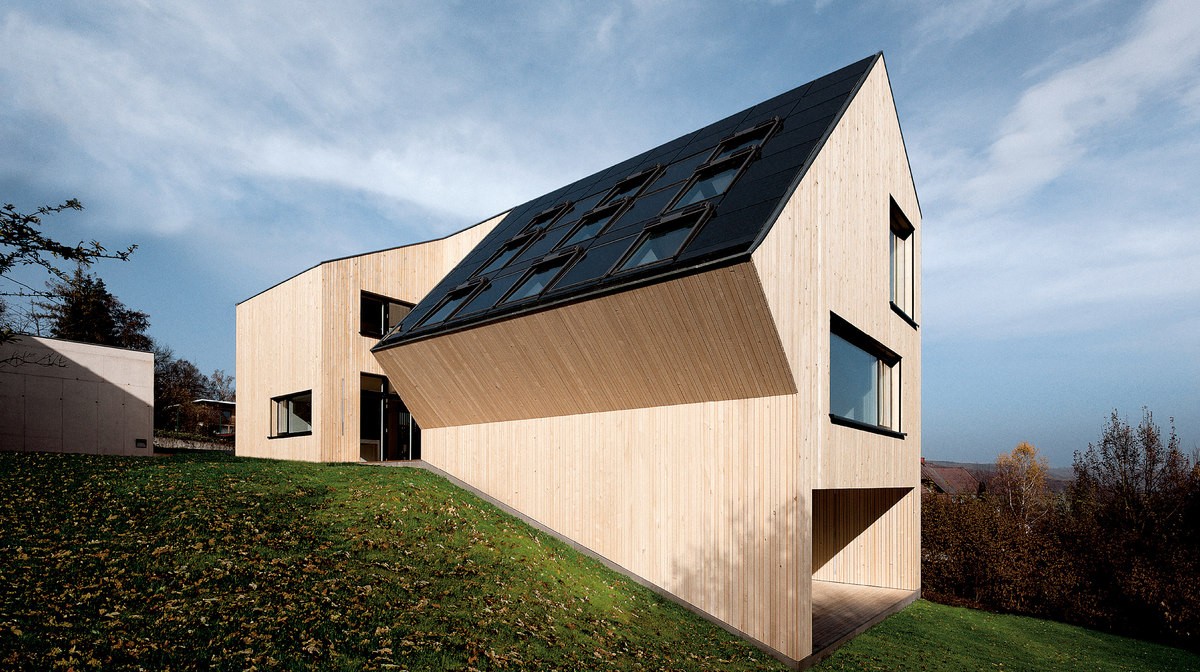
Velux Sunlighthouse—Juri Troy Architects, Vienna (Austria); Photo: Adam Mørk. It is the first CO2-neutral single-family house in Austria, and uses renewable energy sources to offset all energy services. The expressive design of the house near Vienna embraces energy and aesthetic aspects in equal measure (for instance, by offering beautiful views). Inside, great importance was attached to efficient heating and ventilation possibilities—while offering plenty of space to seek privacy.
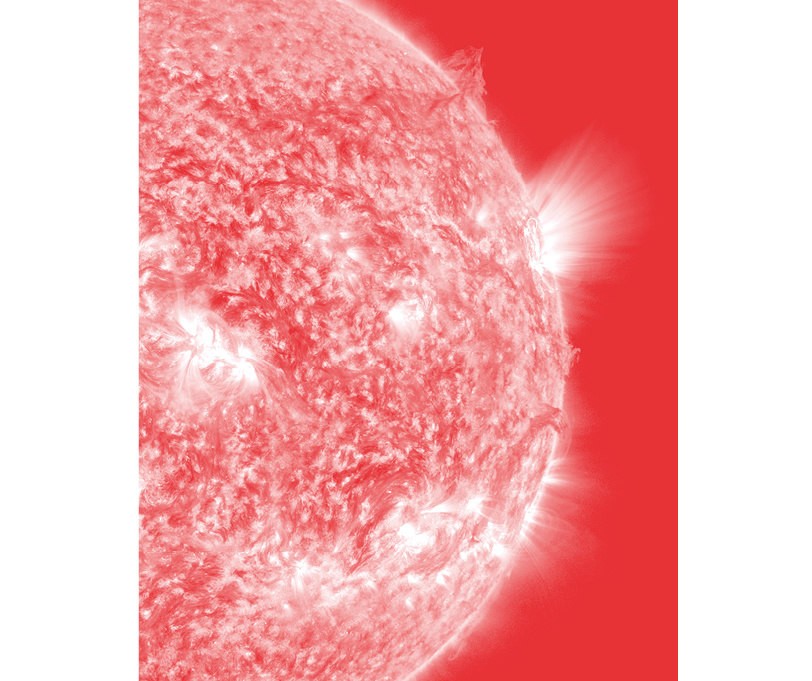
Solar energy provides us humans with as yet untapped potential: The sun’s radiation arrives at the upper reaches of the earth’s atmosphere at an intensity of around 1,367 kilowatts per square meter.
He gained a public profile as a result of his own residence, which he constructed in daredevil fashion on the steep slope above Stuttgart’s city center. In the design of his completely glass cube, which was completed in 2000, he was already pursuing what was then considered an extremely ambitious target of a zero-energy building. The building itself offers excellent recycling possibilities and operates as an emission-free and zero-heating-energy building. However, it is not an energy-plus building. The F87 residential building in Berlin was Sobek’s first attempt to build a structure of this type. However, reality got in the way of the carefully conceived theoretical concept. After a test family moved in, it transpired that the air/water/heat pump consumed well over twice as much electricity as had been predicted. This was due in part to the building’s relatively open-plan layout. Air can circulate freely through the two floors, resulting in more or less uniform temperatures throughout the house. However, the occupants wanted to keep the bedroom on the cool side while maintaining a more comfortable temperature in the living room. Therefore, they switched off the underfloor heating on the top floor and only heated the ground floor—but did so using higher flow temperatures, which meant lower efficiency.
The highlight of Sobek’s passion for experimentation so far is Project B10, which landed in Stuttgart—at the heart of the city’s famous Weissenhof Estate—like a creature from outer space. In 1927, under the supervision of Ludwig Mies van der Rohe, leading exponents of what was known as the New Building movement, such as Bruno Taut, Mart Stam, Hans Scharoun, Walter Gropius and, of course, Le Corbusier, built showcase apartments and houses for modern urban dwellers here on Stuttgart’s Killesberg Hill. Some of these designs featured experimental materials and new construction methods. Taken in that context, the new arrival is not really alien at all. Rather, it represents the latest trend in forward-looking architecture on the path to a positive energy balance. It’s actually a look ahead to the future. B10 was lifted by crane as two prefabricated building sections into the vacant lot, which had remained unused since World War II. Even the shell of the house is remarkable. It consists of fabric-covered wooden frames that are one hundred percent recyclable. Werner Sobek describes it as “the most extreme expression of the goal: zero energy, zero emissions, zero waste.” Inside the house, the things that he learned from his Berlin experiment only become apparent on closer examination. The single-story cuboid provides a parking space in which to charge an electric vehicle. As a thoughtful gesture for drivers who don’t like reversing into or out of their parking space, the vehicle sits on a turntable. The structure, with its full glass front facing the street, is fitted with partition walls that can be adjusted to create three square rooms in which the temperatures can be individually regulated. This is made possible by the beating heart of the house, a powerful hydraulic matrix controlled by the smart, predictive and self-learning alphaEOS software solution that can direct the flow of water wherever it is needed at any time. “If the autumn sun can only heat the water to 30 degrees,” Sobek explains, “it is pumped directly to the underfloor heating, where this temperature can be used effectively.” Unnecessary pumping back and forth would waste energy. The glass facade on the street side can be completely shielded if required or if the occupants are out. To accomplish that, the system simply raises the four-piece wooden deck to create a wall in front of the floor-to-ceiling windows. The house generates around 200 percent of its occupants’ power requirements. The beneficiaries of this surplus are the Weissenhof Museum connected to the house—not to mention the residents’ budget. On Mondays, when the museum is closed, surplus electricity is fed into the public power grid. And there, it commands top prices. The system in B10 is synchronized with the electricity exchange and only sells power when prices are rising.
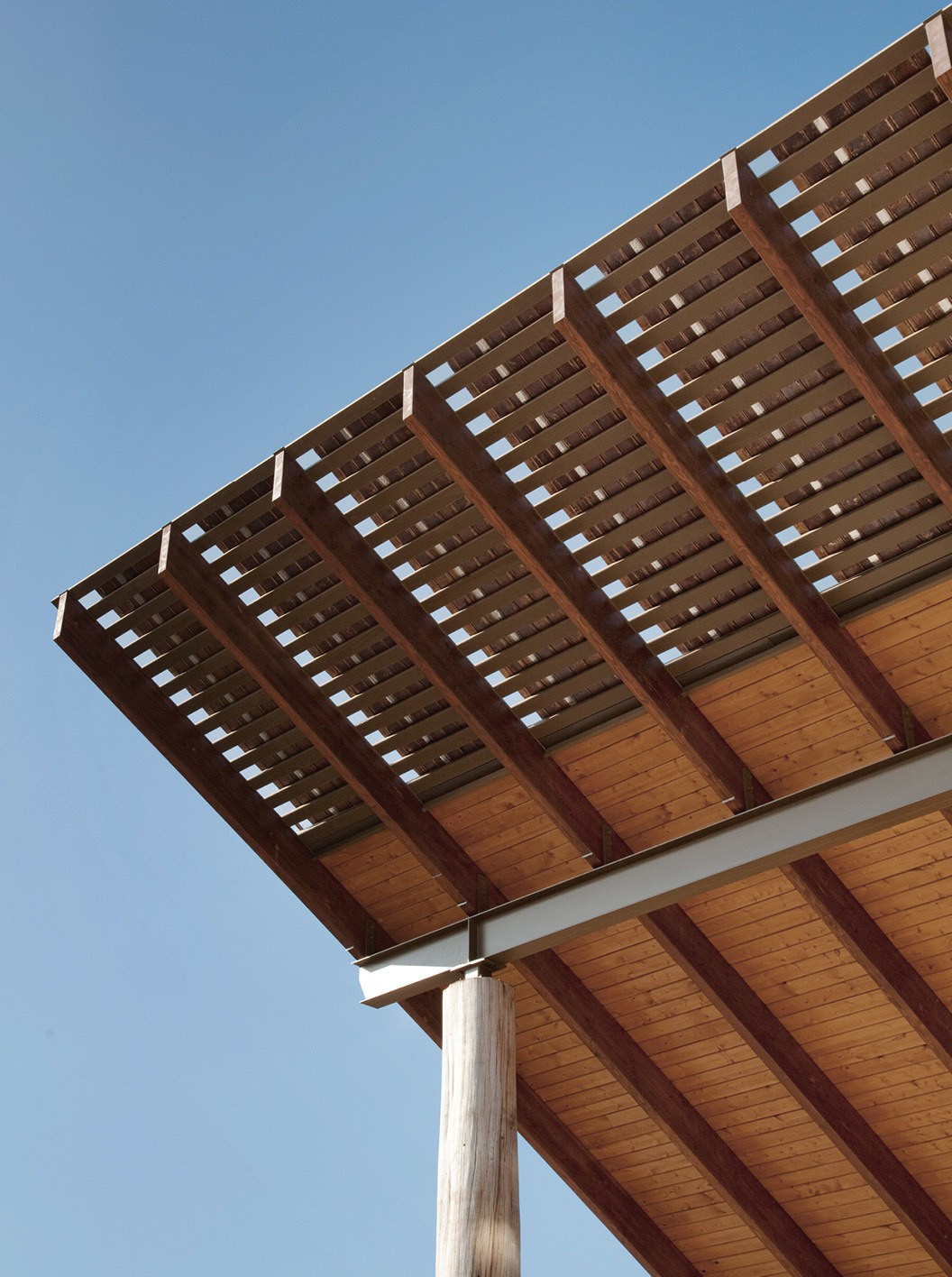
Shading structures that act as heat regulators while supporting solar panels that generate electricity, as used in the Energy Lab designed by Flansburgh Architects at the Preparatory Academy on Hawaii, are an example of intelligent dual-use of materials and resources.
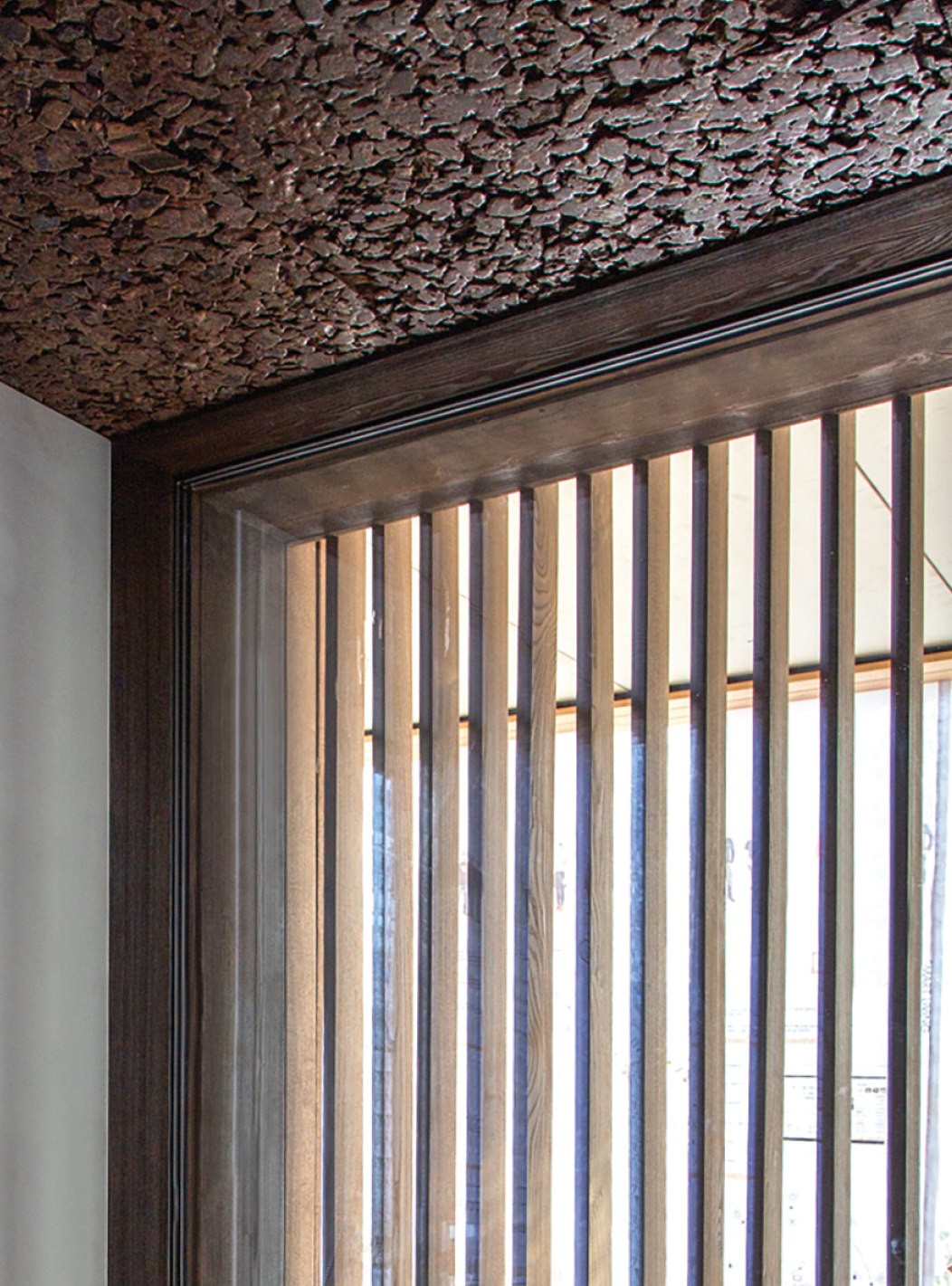
The prudent use of materials such as natural stone, slats that let in light yet protect against the sun and clever wooden structures represent the starting point of energy-efficient construction: LISI – THE HOUSE, Karin Stieldorf, Gregor Pils & Andreas Claus Schnetzer, Studio Calas.

Fab Lab House, IAAC Institute for Advanced Architecture of Catalonia
From a purely aesthetic perspective, however, projects like B10 are not necessarily a big hit. Naturally, the focus in this particular case was more on the technical possibilities and integrating the design into the historic Bauhaus estate. In this scenario, a plain white box is undoubtedly an appropriate solution. The Snøhetta design firm takes a rather more expressive approach for its energy-plus building. Since 2001, this Norwegian organization has enjoyed an international reputation thanks to a spectacular new building it designed on the site of the legendary library of Alexandria in Egypt. Here, the main building, an eleven-story gray cylindrical section made of stone, is set into the ground at an angle. The design focus at the time was more on the aesthetic appearance of the exterior and allowing natural light into the reading rooms than on energy conservation. Their ZEB Pilot House in the Norwegian town of Larvik draws to a certain degree on one aspect of the library design: the use of the inclined plane. Here, a wooden-clad, dark-stained structure points toward the sky at an angle of 19 degrees. In this configuration, the 150 square meters of photovoltaic panels and 16 square meters of solar collectors on its surface, which forms the roof, are ideally oriented toward the sun. In good weather conditions, they supply approximately 23,000 kilowatt-hours per year—more than enough to ensure a cozy atmosphere, even this far north. The main architectural element is the atrium that breaks the dark structural shell including the roof. It lets more natural light enter the building. With stacked firewood extending to the eaves and an end wall featuring rhythmically spaced protruding bricks, the inner courtyard exudes a homey atmosphere. In terms of the materials used, equal importance was attached to their thermal characteristics, their contained energy, achieving a good indoor climate and aesthetic quality. After all, the building will only exist and be used for a sufficiently long time—and thus achieve a good energy balance—if the occupants feel comfortable in it.
The Zero Plus Energy Lab at the Hawaii Preparatory Academy is a particularly commendable design—constructed as it was to focus on the study of alternative energy. It aims to let the academy’s students experience first-hand the benefits of sustainable living. The energy installations in the Energy Lab perform special tasks on this Pacific island. Cooling, for instance, is a more important issue than efficient heating systems. The slightly terraced building is equipped with a natural ventilation system that regulates the temperature and relative air humidity indoors. If necessary, fans can be used to enhance air circulation. One dedicated air circuit for each third of the building regulates the indoor climate. Generous ventilation inlets and outlets are installed above the next and lower terraced part of the building. The most striking element of this rustic design is the semi-open, integral cladding featuring solar collectors on its upper edge to generate electricity. However, the shading function is every bit as important here because it significantly reduces the energy needed for cooling systems. Viewed from the front, the cladding suggests nothing more than a simple corrugated tin hut. Only when viewed from the side is the building’s true nature revealed. For this reason, the aesthetic quality of this functional element has divided opinions among architectural critics.
Albert Einstein received the Nobel Prize for Physics in 1921 for his work on the quantum theory of light. His research is largely responsible for the photovoltaic technology widely used today, which converts light into electrical energy.
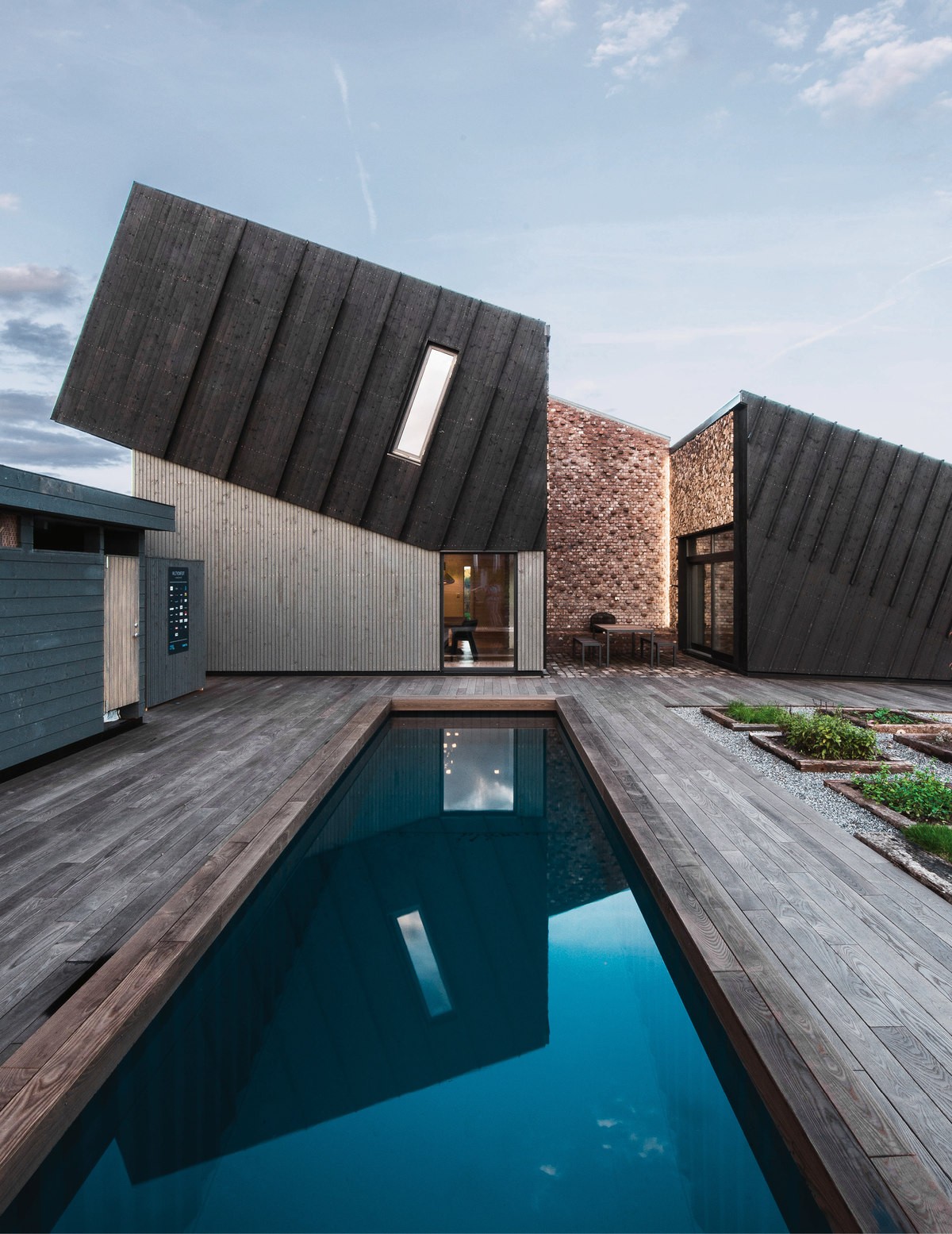
ZEB Pilot House—Snøhetta Architecture and Design, Larvik (Norway); Photo: Paal-André Schwital
However, a positive response is necessary if energy-plus houses are to gain acceptance quickly among potential occupants. Which is precisely what legislators want, in the EU for instance, where nearly zero-energy buildings have been defined as the new building standard with effect from 2021. The Berlin office of architectural firm Graft has crafted a project that responds to this. Graft, founded by partners Thomas Willemeit, Lars Krückeberg and Wolfram Putz, has worked previously with Brad Pitt on the project for intelligent housing in New Orleans for victims of the devastating hurricane Katrina. In Berlin’s Wannsee district, they designed three single-family houses in a project entitled Holistic Living. The name of the houses reveals their nature, which focuses on integrated living, environmental awareness and sustainability. Only ecological building materials were used. The houses themselves are almost entirely recyclable, which has a positive impact on the overall energy footprint. Heat and warm water are extracted from geothermal energy by a pump linked to geothermal probes. Graywater use and a rainwater cistern ensure frugal water consumption, while a ventilation system with heat recovery regulates the temperature and indoor climate. Electricity comes from the photovoltaic system on the roof and is stored in a block battery. All of this is state-of-the-art. The Berlin firm also pulled out all the stops in terms of design. It successfully created sleek, modern wooden dwellings clad with horizontal slats that are bent smoothly around the corners of the houses, giving them an appealing rounded look. Inside, the houses employ an open-plan design at ground level with a ceiling height of almost three meters. The kitchen and dining areas are on the same level, while the living room and fireplace are two steps lower. This approach creates the contours of a modern cave. This is modernity drawing inspiration from ancient times. As Thomas Willemeit puts it, “A house needs a core of warmth.”
It would therefore appear that the combined forces of heating technicians, IT experts, architects and climate researchers have actually created a type of perpetual motion (if one can make a generous concession regarding the continuous injection of solar energy). Those diligent researchers from earlier times who failed to overcome this challenge would certainly have appreciated another of mankind’s impossible ideas, which would have allowed them to experience their unfulfilled dream: the time machine.
Further photo credits: Holistic Living—Graft, Berlin-Wannsee (Germany); Photo: Tobias Hein, Dennis Hallinan / Alamy , NASA / GSFC / SDO / Wikimedia Commons, Matthew Millman, Team Austria, Adriá Goula
